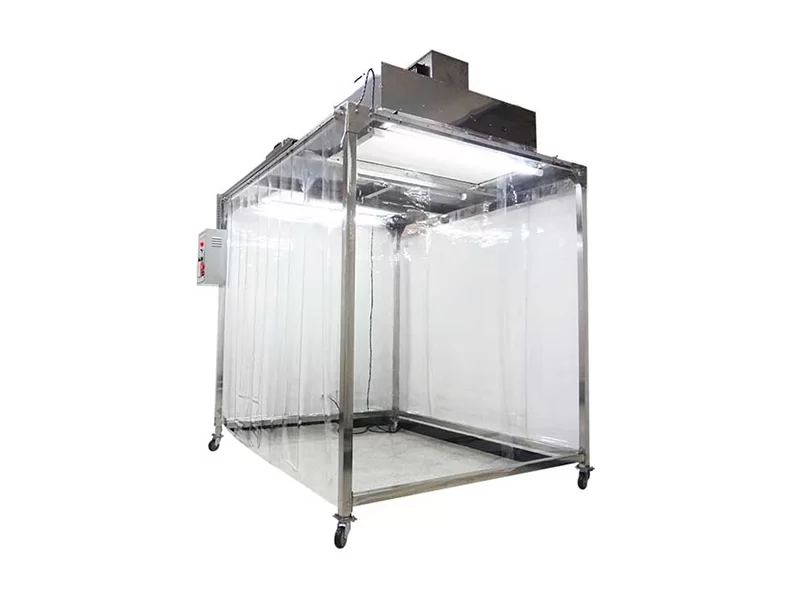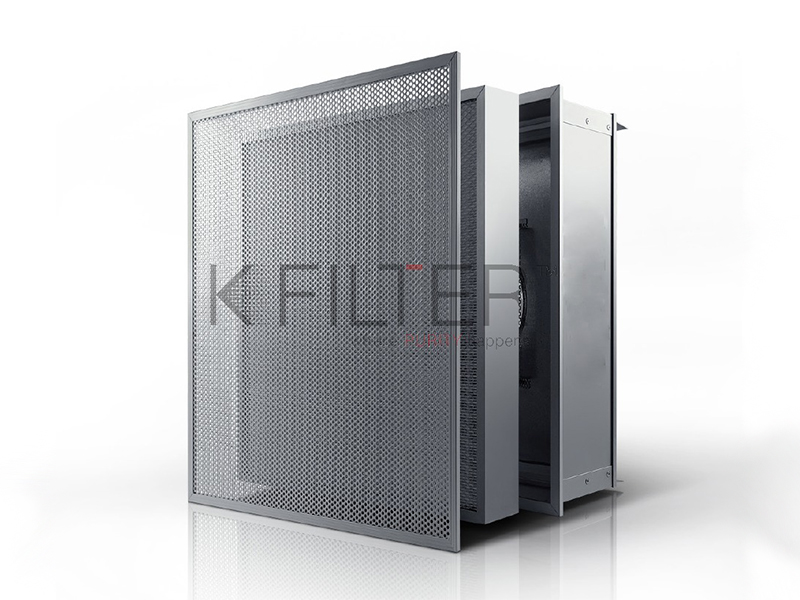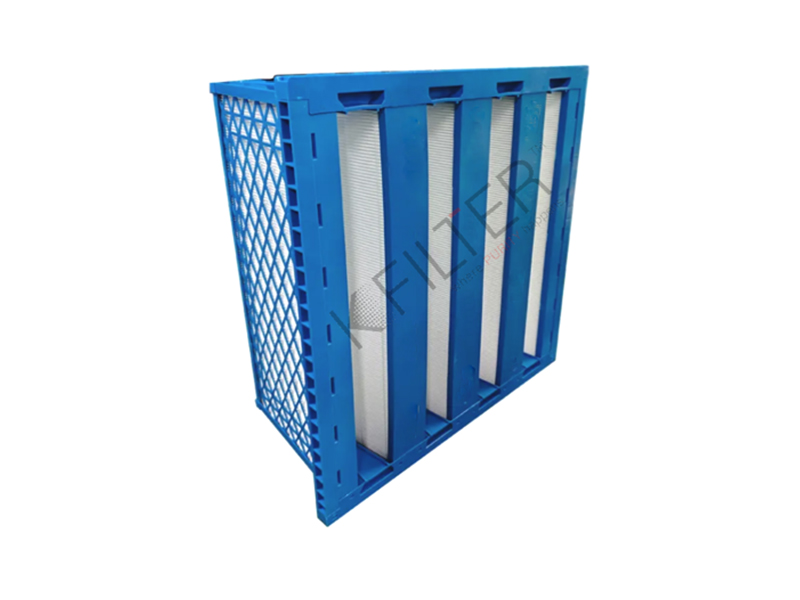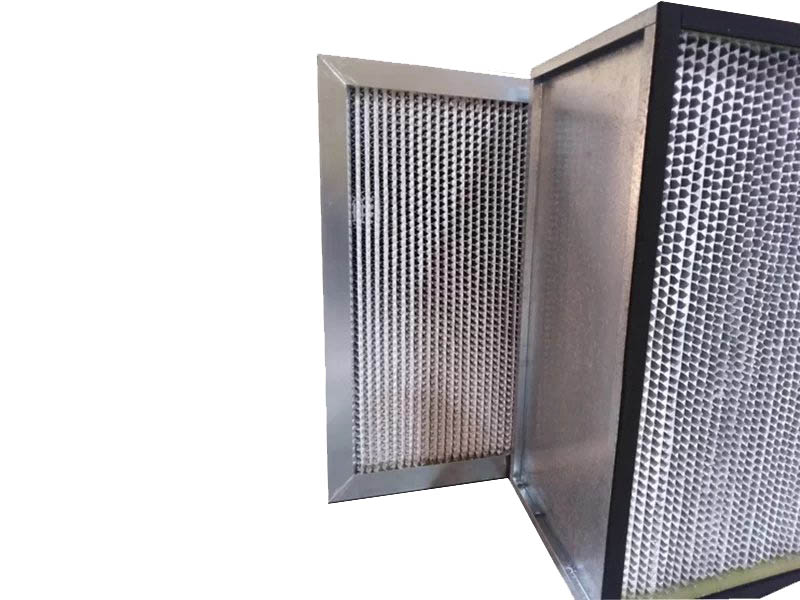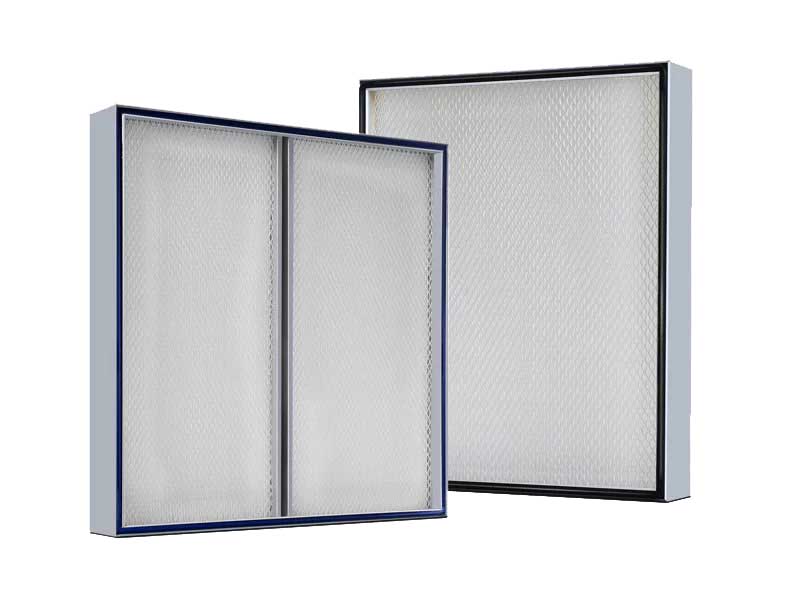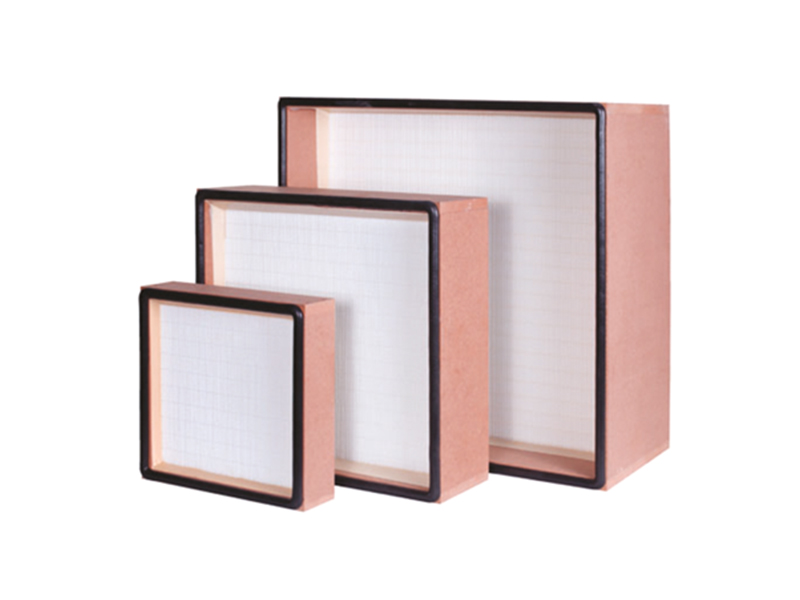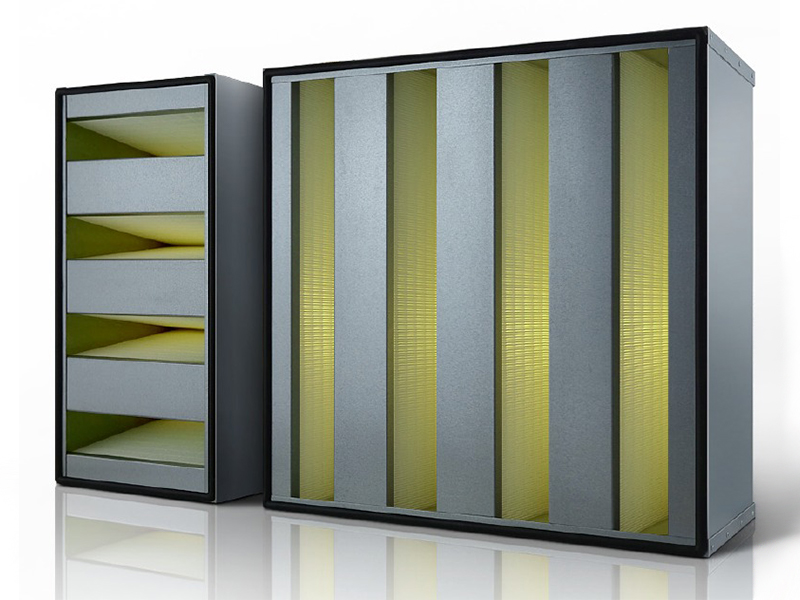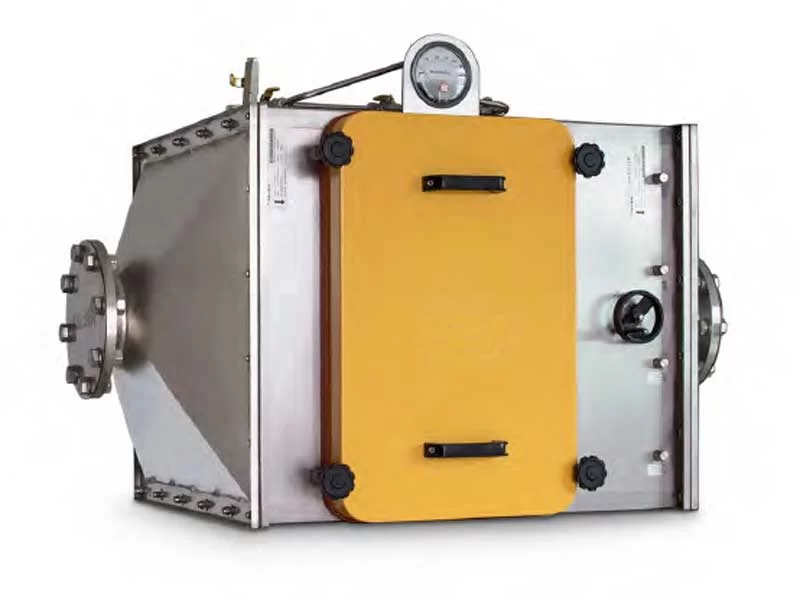
HEPA Filter
HEPA Filter Are Highly specialized , Important part of our everyday lives.
High Efficiency Particulate Air Filter (HEPA) or Ultra Low Particulate Air (ULPA) is described as filters that are able to trap 99.972 percent of particles of 0.3 microns. ULPA filter traps 99.999% of sub-micron particulate matter of 0.2-micron diameter or larger. Our range of HEPA filters are evaluated using minimum efficiency reporting values (MERVs), which help end user understand the filters’ effectiveness at capturing particles of different size.
High Efficiency Particulate Air Filter (HEPA) are developed by American scientists in 1983 during the second World War. Our research and development team of air conditioning engineers played crucial role in developing standard testing methods. HEPA filters are able to capture dangerous radioactive particles, pollen, pet dander, viruses, bacteria and microorganism.
Extremely effective at improving indoor air quality, our range of HEPA filters are crafted from Enzyme Micro Glass fiber or synthetic fibers mini pleated pack with polytetrafluoroethylene (PTFE) separator with tight pleating that can accommodate high resistance to airflow and the filter media velocity. Our special bactericidal air filter media prevent harmful airborne particles and eliminates active bacteria propagation, spore growth and secondary contamination from microorganisms in air filtration systems.
Direct Impaction: Large contaminants, such as certain types of dust, mold, and pollen, travel in a straight path, collide with a fiber, and stick to it. these larger particles as being like a baseball thrown at a chain-link fence – they’re too big and moving too fast to do anything but smack right into it. This is how your HEPA air filter catches the particles you might actually be able to see: those annoying dust bunnies floating in sunlight, pet dander that makes you sneeze, and even some bacteria that might be lurking in your air.
Sieving: The air stream carries a particle between two fibers, but the particle is larger than the gap, so it becomes ensnared. This process works similarly to a kitchen strainer, where the spaces between fibers act as a physical barrier. The random arrangement of fibers creates countless small gaps, typically ranging from 0.5 to 2.0 microns, which effectively trap particles larger than the spaces between fibers.
Interception: Airflow is nimble enough to reroute around fibers, but, thanks to inertia, particles continue on their path and stick to the sides of fibers. This mechanism is most effective for medium-sized particles (0.5-1.0 microns) that follow the airstream but are large enough to contact fibers as they pass by. When these particles come within one particle radius of a fiber, they’re likely to be captured through van der Waals forces, which are weak intermolecular forces that become significant at these microscopic scales.
Diffusion: Small, ultrafine particles move more erratically than larger ones, so they’re more likely to hit and stick to fibers. This process, known as Brownian motion, is effective for particles smaller than 0.1 microns. These tiny particles bounce around randomly due to collisions with gas molecules in the air, increasing their chances of contacting and adhering to filter fibers. This explains why HEPA filters are actually more efficient at capturing particles smaller than 0.3 microns – their erratic movement makes them more likely to be trapped.
Think of it as a multi-layer security system, where each method catches different troublemakers trying to sneak through your air. Together, these four capture methods are what give HEPA filters their famous 99.97%² efficiency rating for those pesky 0.3-micron particles we talked about earlier.


